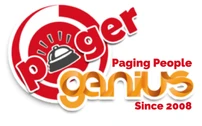Blogs from Around the Industry
-
This blog will cover how renting a paging system can help you page your clients at your next event. From trade shows to food festivals, having pagers will make your event smoother and more efficient.
-
This blog will cover how renting a paging system can help you page your clients at your next event. From trade shows to food festivals, having pagers will make your event smoother and more efficient.
-
This blog will cover how renting a paging system can help you page your clients at your next event. From trade shows to food festivals, having pagers will make your event smoother and more efficient.
-
This blog covers the benefits of a paging system operating on a food truck.
-
This blog covers the benefits of a paging system operating on a food truck.






